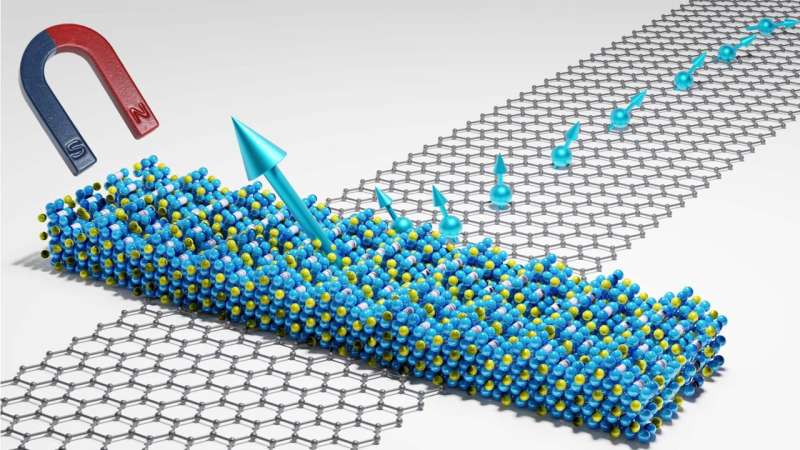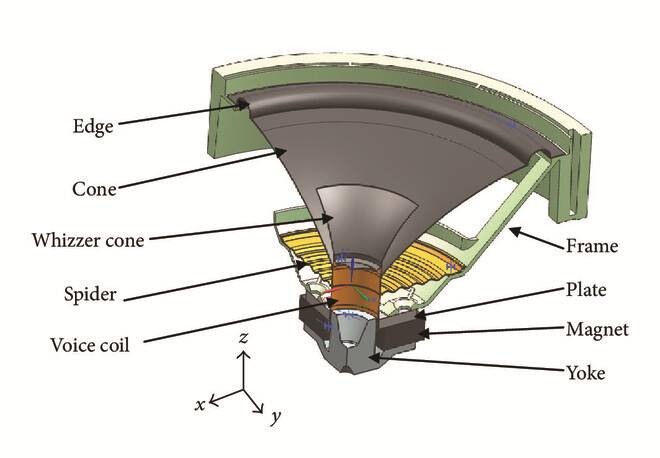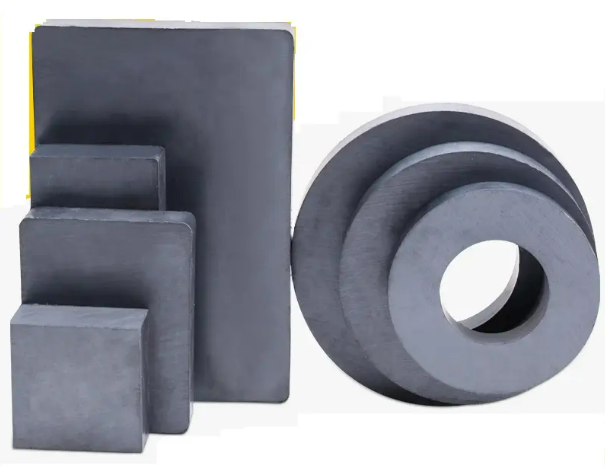How Does Temperature Affect Ferrite Magnets?
Ferrite magnets (ceramic magnets) are permanent magnets mainly made of SrO or BaO and Fe2O3. Compared with other types of permanent magnets, ferrite magnets are hard and brittle and have lower magnetic energy. However, ferrite magnets have unique advantages. They are not easy to demagnetize, are not easy to be corroded, and have simple production processes and low prices. But their performance is still affected by the surrounding temperature. Then how does temperature affect ferrite magnets? In this article, we'll try to find the answer to this question.
 How Does Temperature Affect Ferrite Magnets?
How Does Temperature Affect Ferrite Magnets?
Just like all other magnets, temperature influences the performance of ferrite magnets. However, unlike rare earth magnets, when ferrite magnets get hotter, their resistance to demagnetization increases due to their inherent coercivity. This unique feature makes them very popular in applications that require high operating temperatures, such as motors and generators. And they are also widely used in loudspeaker systems.
Generally, the inherent coercivity of ferrite magnets will increase by about 0.4% for every degree of increase. On the downside, their output does decrease by about 0.2% for each degree Celsius rise. However, when the operating temperature returns to the ambient, both of these two effects are reversible, but the grades with low working temperatures may be permanently demagnetized at high temperatures.
This means that in some cases, the use temperature of ferrite magnets can reach up to about 180 degrees Celsius, but they are less effective at colder temperatures (especially below 0 degrees Celsius). Generally, they will show a reduced pull force, the extent of which depends on the size and shape of the magnet, and the environment in which they are applied. Through careful design, ferrite magnets can continue to function at temperatures as low as minus 40 degrees Celsius.
Different shapes of magnets will react in different ways, so please refer to the table below for the maximum operating temperature of each grade of ferrite magnet available. At Stanford Magnets, we provide ferrite magnets of Y10, Y30, and Y30BH grades. If you are looking for magnets for high-temperature applications, we advise you to consider samarium cobalt magnets and high-temperature neodymium magnets.
 How Does Temperature Affect Ferrite Magnets?[/caption]
How Does Temperature Affect Ferrite Magnets?[/caption]
Conclusion
Thank you for reading our article and we hope it can help you to have a better understanding of the influence of temperature on Ferrite magnets. If you want to know more about Ferrite Magnets or other types of magnets, we would like to advise you to visit Stanford Magnets for more information.
As a leading magnet supplier across the world, Stanford Magnets has been involved in R&D, manufacturing, and sales of magnets since the 1990s. It provides customers with high-quality permanent magnets like SmCo magnets, neodymium magnets, AlNiCo magnets, and ferrite magnets (ceramic magnets) at a very competitive price.















